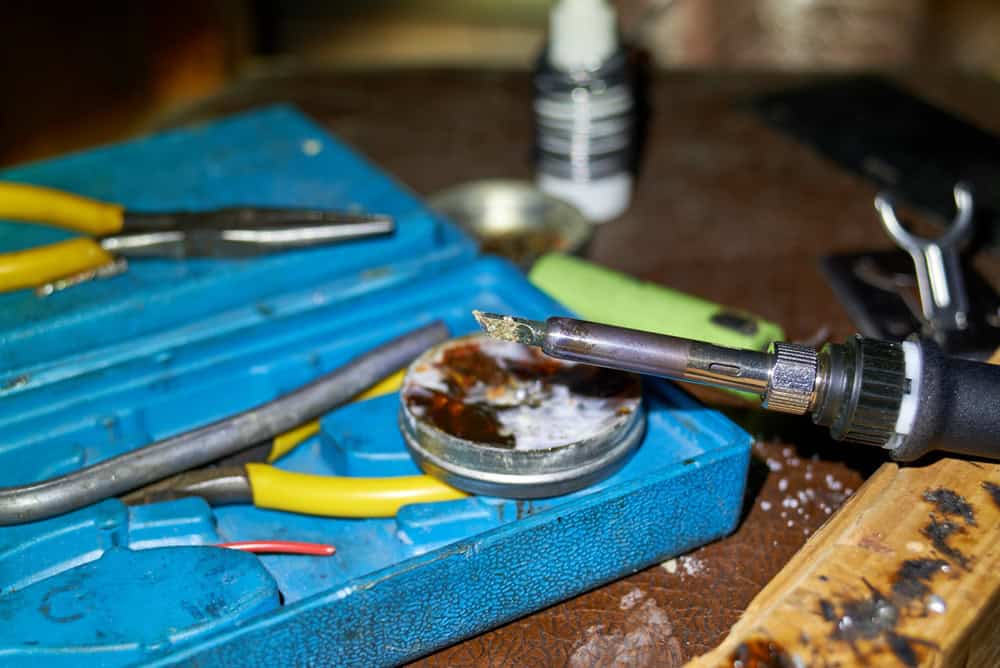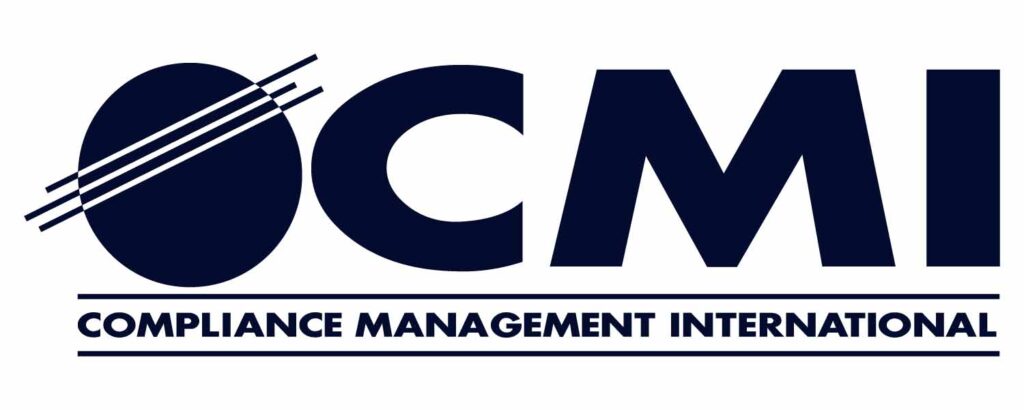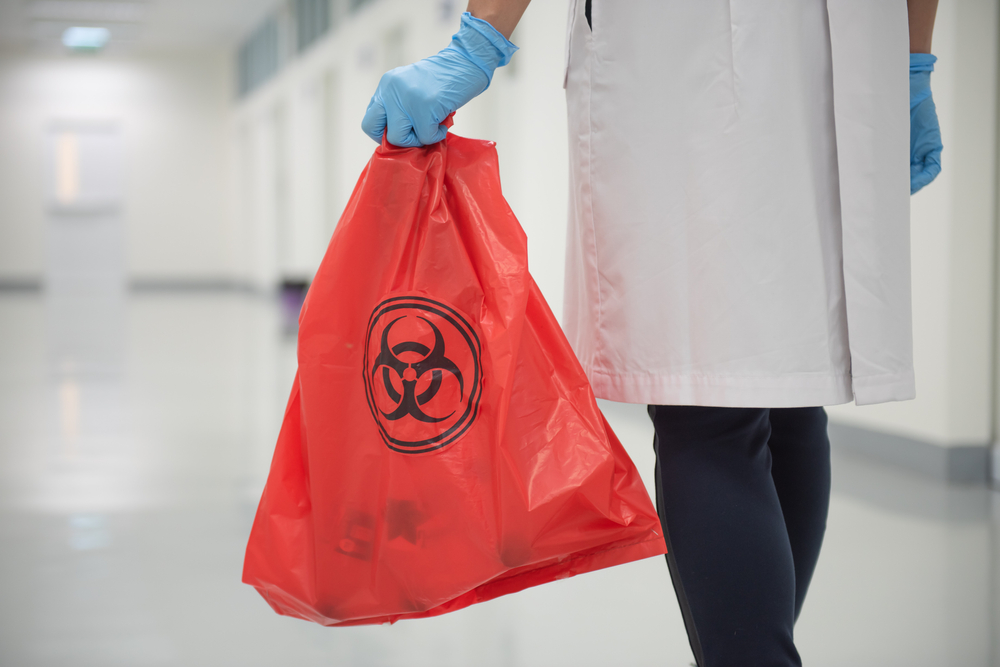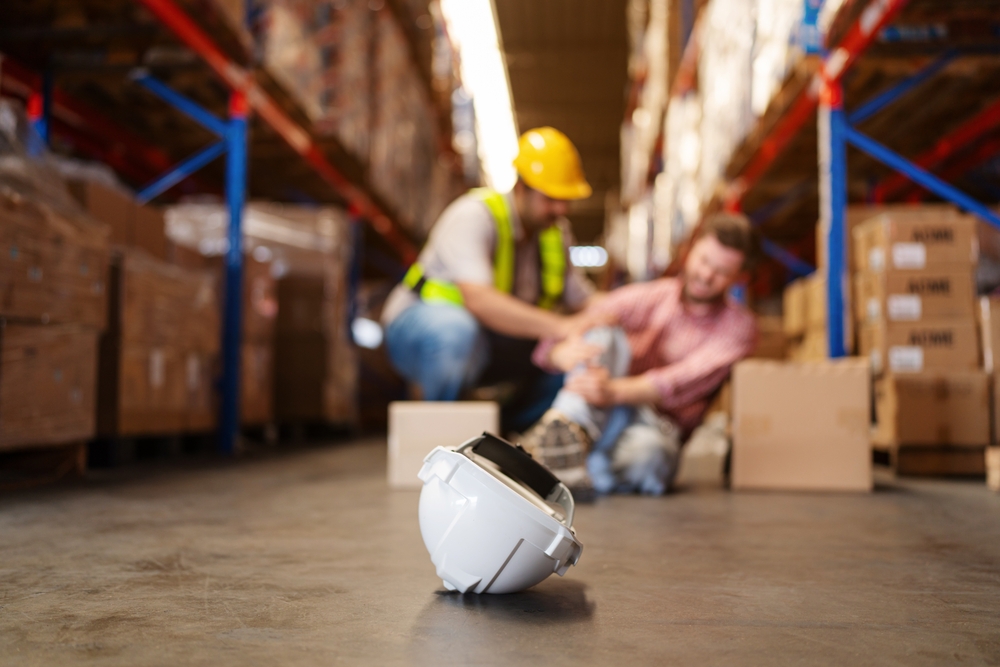
When is the last time your organization has evaluated the health and safety hazards of your soldering and brazing operations? Lead exposures have long been considered one of the primary hazards associated with soldering and brazing. In many workplaces these exposures have been effectively reduced or eliminated through the introduction of lead-free solders, and through the use of temperature controls on soldering and brazing equipment. While the evaluation and control of lead exposures in the workplace will always remain a priority, one of the hazards that has not received as much attention is the rosin component contained in many fluxes and soldering wires.
What is rosin?
Rosin (also referred to as colophony) is a naturally-occurring solid resin derived from pine trees and other plants. It has a long history of practical use by athletes, musicians, artists, and manufacturers. Rosins are used in a variety of industrial applications, including in fluxes and soldering wire cores to help ensure the proper flow and adhesion of metals during soldering and brazing.
Rosin is widely known to be a skin and respiratory irritant. Skin contact can cause local irritation and allergic skin rashes. When heated, rosins can release a variety of different airborne chemical contaminants that can irritate the eyes and respiratory tract, and cause more serious respiratory conditions such as occupational asthma. The primary component that is believed to be responsible for skin and respiratory sensitization is resin acids.
Assessing resin acid exposures
For many years there were no established limits for workplace exposures to resin acids, and no methods for directly measuring resin acid concentrations in air. As a result, safety professionals have long recommended that employee exposures simply be maintained at levels “as low as reasonably practical.” In 2020, however, the American Conference of Governmental Hygienists (ACGIH) adopted a Threshold Limit Value (TLV) of 1 microgram per cubic meter of air (µg/m3) over an 8-hour working day. Hand-in-hand with the new TLV, several Industrial Hygiene laboratories have developed analytical methods for measuring airborne resin acid exposures. This has opened up significant opportunities for performing much more comprehensive assessments of employee exposures to health hazards during soldering and brazing operations.
CMI can help!
CMI has many customers who have struggled with employee complaints of skin rashes and respiratory issues associated with soldering and brazing operations. The newly adopted TLV and sampling methods, along with our qualitative assessment techniques, have enabled CMI’s Industrial Hygiene team to provide valuable information to our customers for improving workplace health and safety. The results of our workplace assessments have assisted our customers in the decisions to install exhaust ventilation systems, use respiratory protection, or implement enhanced work practices.
CMI’s Industrial Hygiene team is always available to support your EHS team in evaluating hazards and developing exposure strategies for soldering, brazing, and any other industrial process. Please feel free to contact us any time for a complementary consultation with one of our Certified Industrial Hygienists (CIH) who can address any of the specific needs or concerns for your organization.
Written by: Todd Allshouse, CIH, CSP, VP, Health & Safety Services



